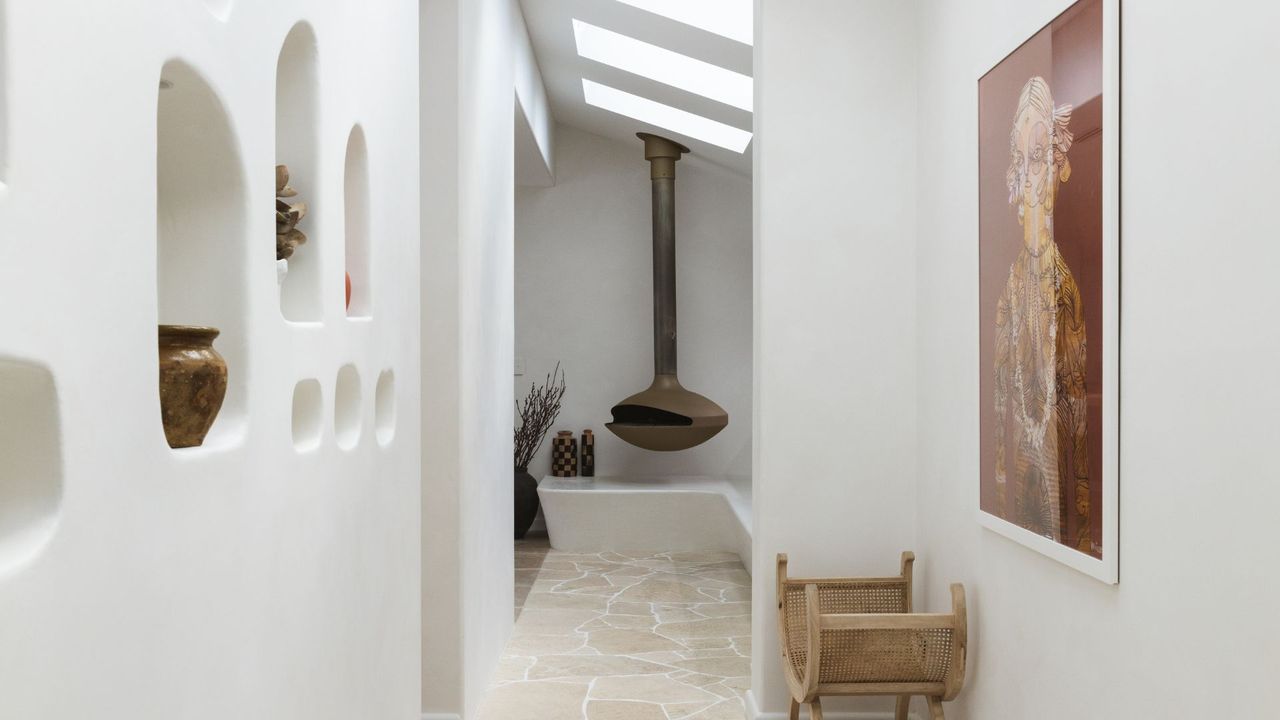
One of the few New Year's resolutions that have managed to last through to the second half of this year is my vow to keep a decluttering schedule and abide by it with discipline.
This simple habit of keeping to a schedule has been a game-changer for decluttering my home, room by room. It helps to have a routine to keep track of and clear guidelines assisting you as you purge every nook and cranny of your space.
Trust me, when I say you should absolutely make one of your own. And how? Let's discuss the five steps to get you started.
1. Start with Your Real Life, Not an Idealized Version
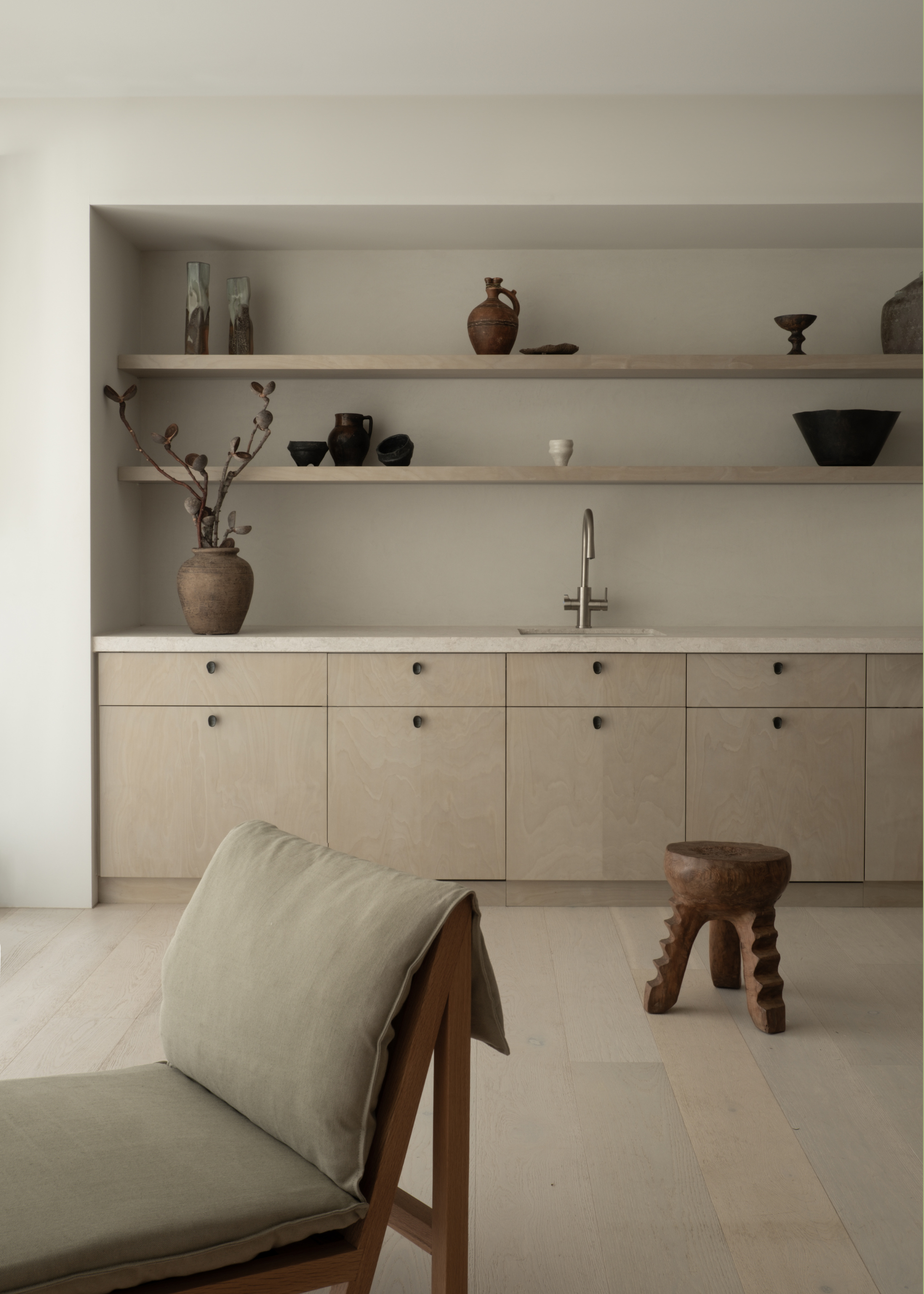
Organization expert Cynthia Kennedy tells me that the very first step to curating a decluttering schedule you'll actually stick to is to consider your life as it is. Instead of creating a faux foundation for your routine, based on an idealized day-to-day.
"Don’t build your schedule around what sounds good. Build it around what you can realistically do," she notes. "If you only have 20 minutes after dinner on Tuesdays and Sundays? Great. That’s where you start."
After all, she finds that consistency matters more than intensity. The point of this schedule is for it to be a part of your daily life. However, if you do happen to have a week off that you'd prefer to spend resetting your space, the 7-day decluttering challenge is worth a go.
2. Break It Down by Category, Not Just Rooms
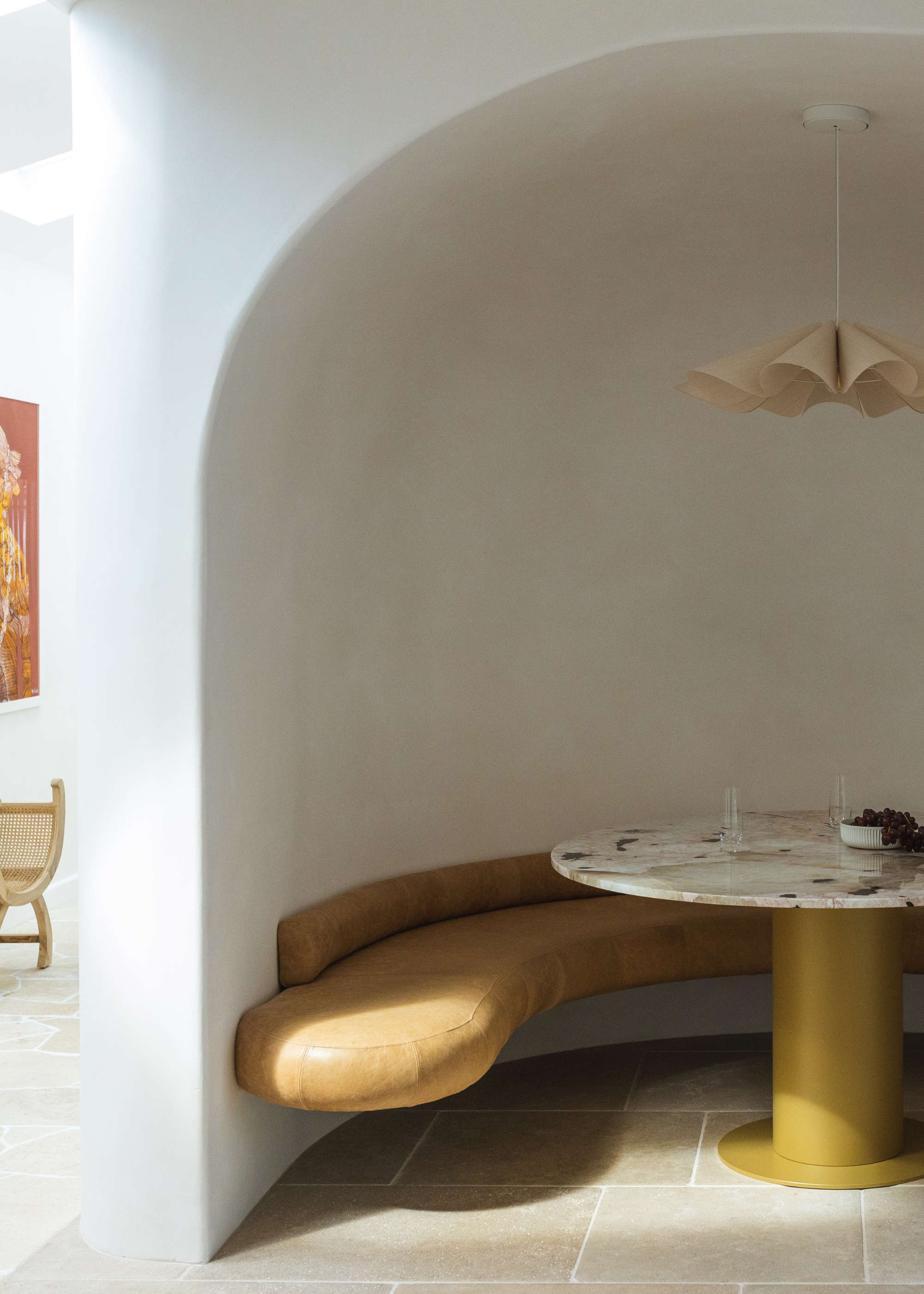
I'd always assumed that decluttering by room is the way to go. For instance, I'd assign myself tasks like decluttering an entryway or purging a living room.
However, organization and storage expert Gerrit Jan Reinders of BOXIE24 tells me that creating a deeper breakdown by category within each room is even more helpful. Plus, it makes for a more digestible schedule, too.
"Instead of thinking about how to declutter the whole kitchen, focus on micro-tasks like the junk drawer, the spice rack, or just your cutlery," he says. "This approach makes the process more manageable and helps you build real progress without feeling overwhelmed."
3. Schedule It Like an Appointment
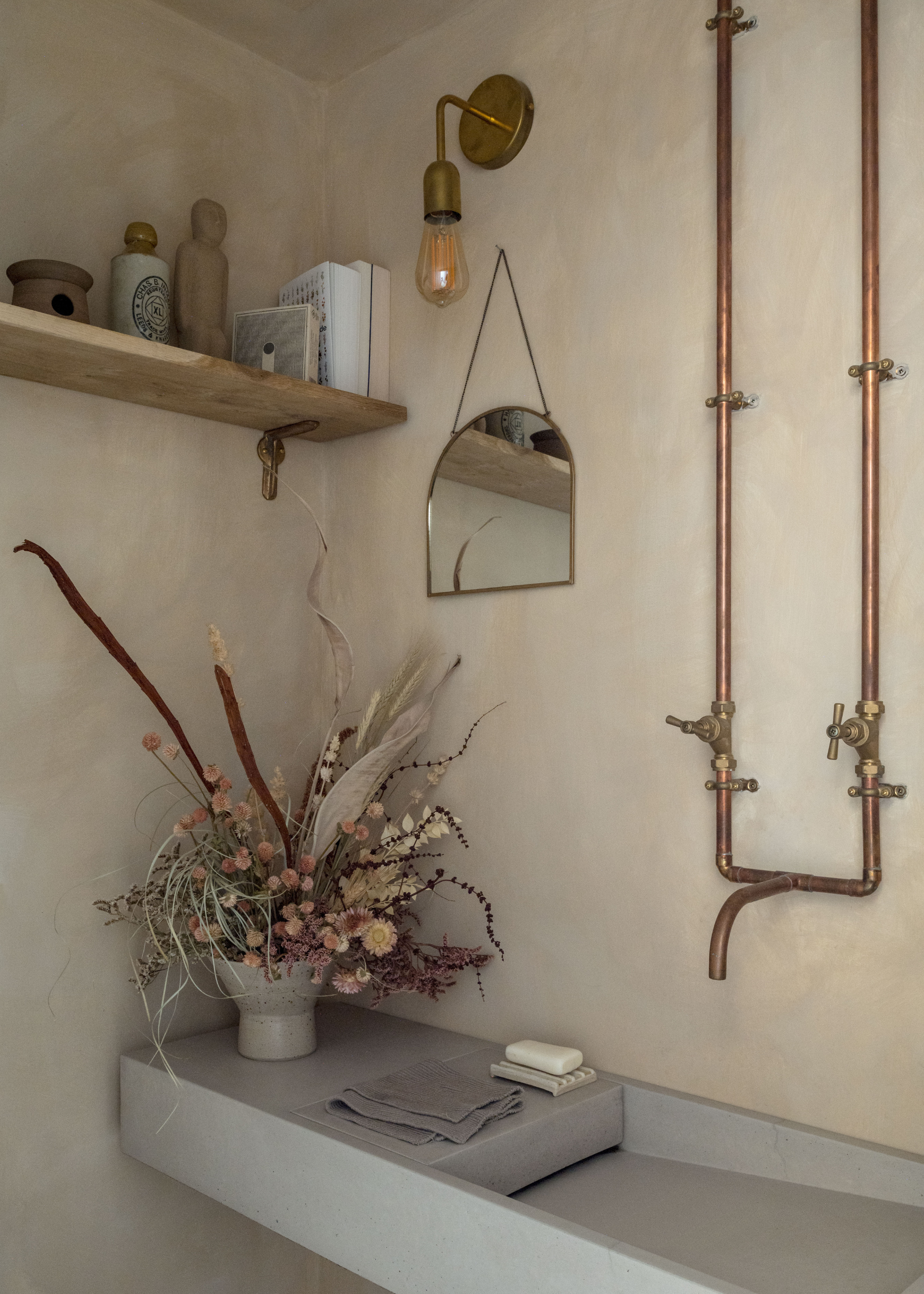
Gerrit recommends scheduling decluttering as you would a lunch date or a doctor's appointment. "Block out time on your calendar. Perhaps 15 minutes each morning, an hour every Saturday, or a fixed day each week," he says.
"When it’s scheduled, you’re far more likely to follow through. Not to mention, over time, your brain will begin to treat decluttering as part of your routine, and not just another chore."
There are techniques like the 52-week declutter challenge that outline a set of tasks to undertake each month of the year. However, if your home is fairly pared back, then scheduled appointments catering to the most clutter-prone zones is a healthy habit to keep.
4. Prioritize High Impact Zones

According to Gerrit, when mapping out your decluttering schedule, it's best to start where you spend most of your time. This could be your kitchen counter, the area around your front door, or even your workspace.
"These are those high-traffic areas that turn into clutter magnets so fast, but taking them out provides instant relief and a sense of satisfaction," he notes. "I also say start with the toughest tasks first."
He explains that getting these tough tasks out of the way early provides the energy to get through the rest. So the next time you're deciding on a task list and you've spent most of the week cooped up in your primary, let decluttering your bedroom be at the top of the schedule.
5. Build in a Clutter Exit Strategy
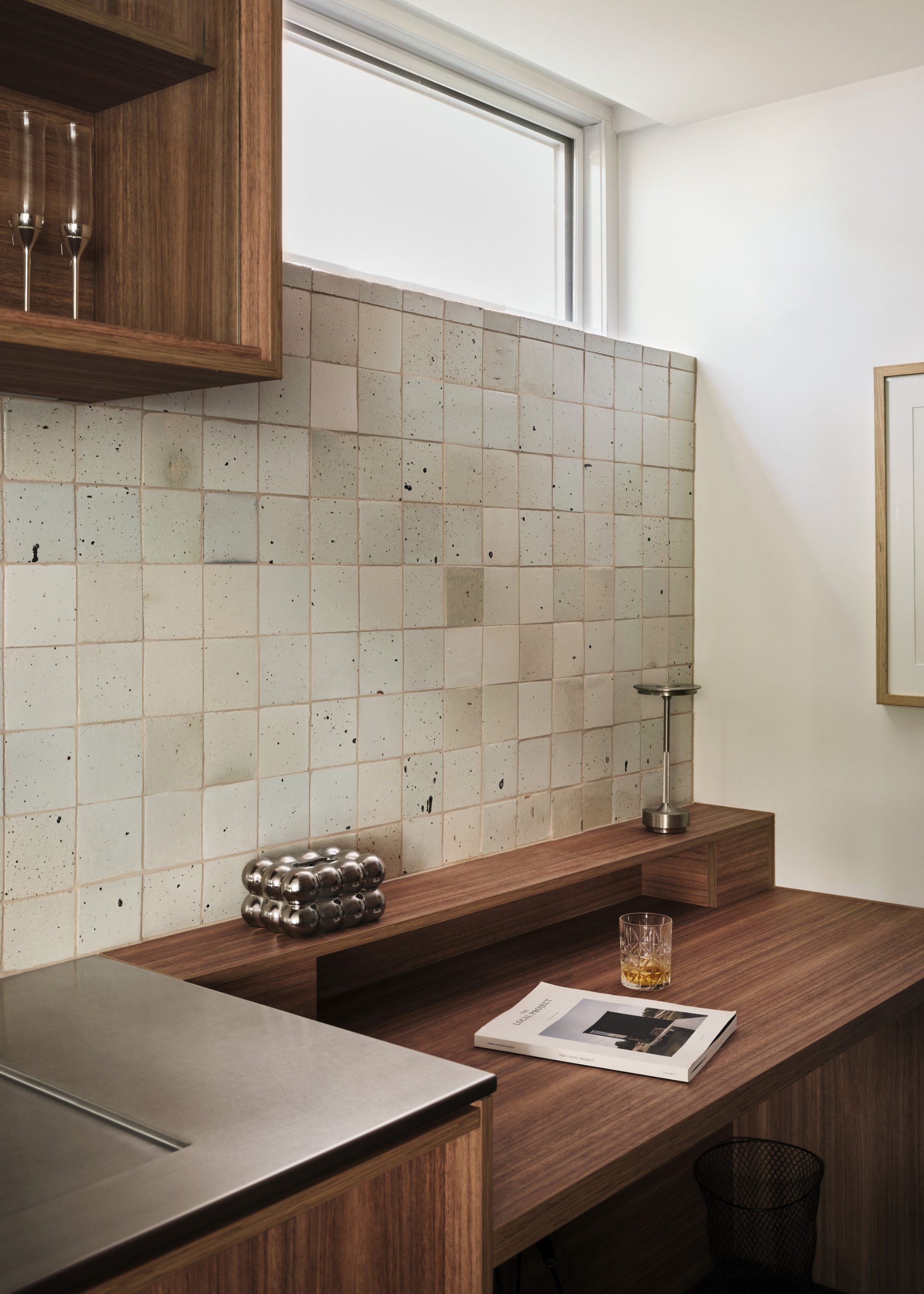
Let's say you've carved out some time on your decluttering schedule to tackle the clutter in your bathroom, but you spend the entire hour on your calendar just identifying what must go.
Then you're left with no time to actually banish the items from your space. Here's where Cynthia's suggestion for a clutter exit strategy comes in. "Part of your schedule should include time to physically remove the stuff," she says.
"Set a reminder to drop off donations every two weeks or keep a running 'sell / donate / trash' box by the door. This is an important and often overlooked aspect that must not be forgotten, as clutter isn’t gone until it’s gone.
6. Set a Timer and Stop When It Goes Off

Cynthia explains that one of the best parts of adopting a decluttering schedule is that you don’t need to dedicate a whole day to knocking the chore off your to-do list. Since you have a routine in place, you can work your way through in a slow and steady way.
"In fact, this idea often leads to overwhelm and even messier piles," she notes. "Try a 30-minute timer. You’d be amazed at how much clarity you can create in a half hour when you’re focused." Plus, there are plenty of decluttering projects you can complete in just 30 minutes.
If you find that your phone is far too distracting to keep within arm's reach (guilty), I recommend gifting your space a lovely alarm clock to keep you accountable through all of your digital detox tasks. This REACHER Alarm Clock from Amazon will lend light, soothing sounds, and a gentle timer to your home.
Decluttering Reads
Format: Paperback
The Motivational Decluttering Journal by Sunny Meridian is a 90-day journal and workbook to help you get used to keeping to a tidying routine.
Format: Paperback
If you have your schedule all laid out but you're unsure of where to begin, Zoe Rivers' 103 Prompts for Decluttering will give you an idea of easy tasks to get out of the way.
Format: Paperback
In order to have a better grasp on how visual chaos comes to be within your home, I recommend reading Mind Over Clutter by Nicola Lewis.
FAQs
What Are the Benefits of Having a Decluttering Schedule?
"The biggest benefit is mental clarity. When you know exactly what space or category you’re tackling next, it removes the decision fatigue. No more 'where do I even start?' paralysis. A schedule gives structure to something that often feels overwhelming and emotional," says Cynthia.
"It also keeps you out of the all-or-nothing trap. You’re not constantly waiting for a free weekend that never comes. Instead, you’re chipping away in realistic, regular moments that actually add up. Over time, it becomes less of a project and more of a habit."
She goes on to explain that a decluttering schedule also gives you permission to let things go. "When you know you’ll revisit each area again, because you have a system , you’re not clinging to stuff 'just in case'. You can make clearer decisions because you’ve created a cycle of review and refinement."
I can't think of a single con to adopting a decluttering schedule, and Cynthia agrees. "A decluttering schedule doesn’t just organize your space," she says. "It organizes your energy. It frees up your brain, your time, and your mornings. And that’s when your space starts to work for you, not against you."







